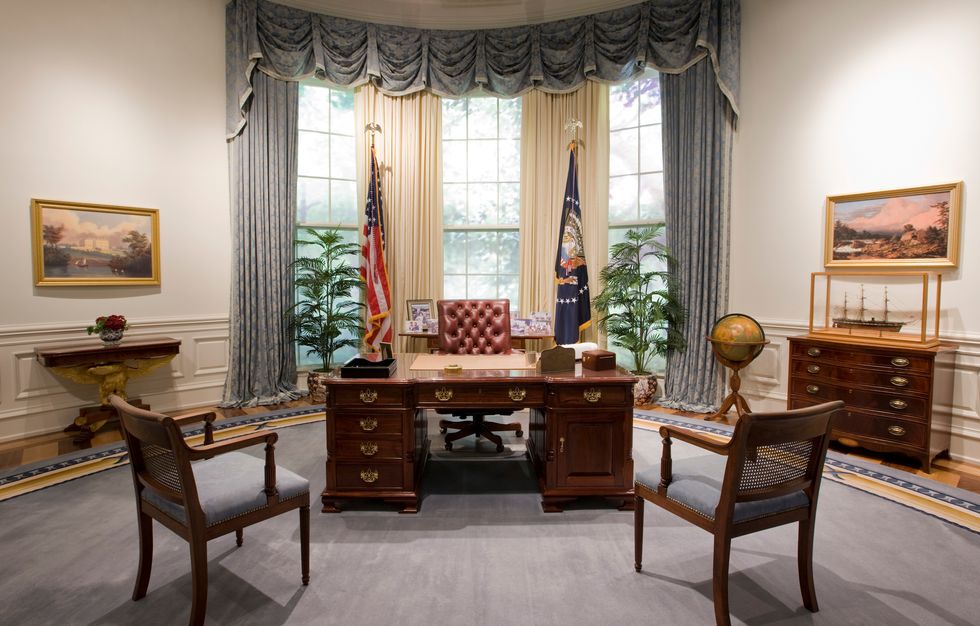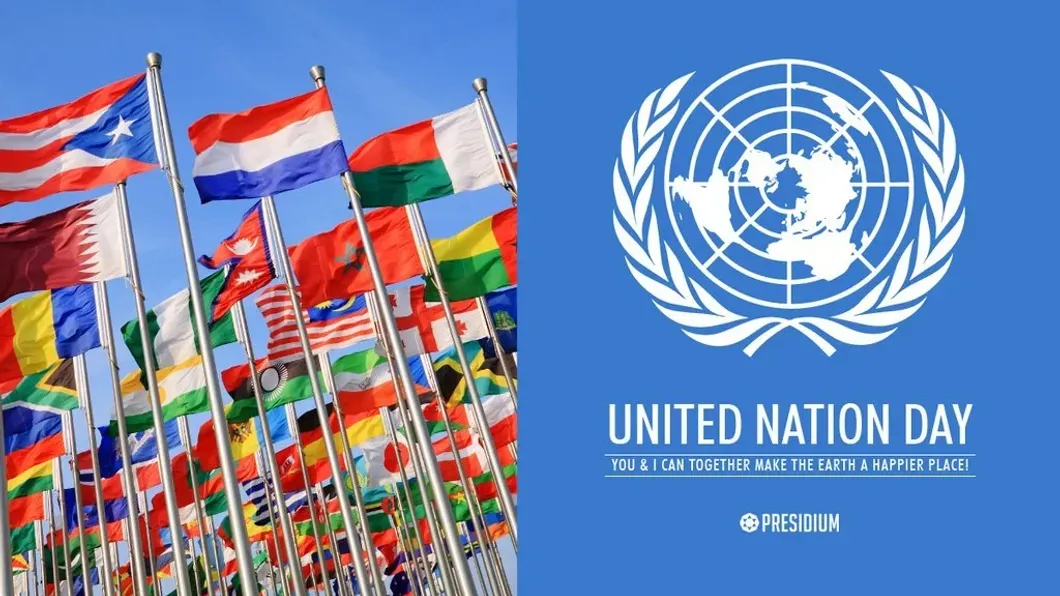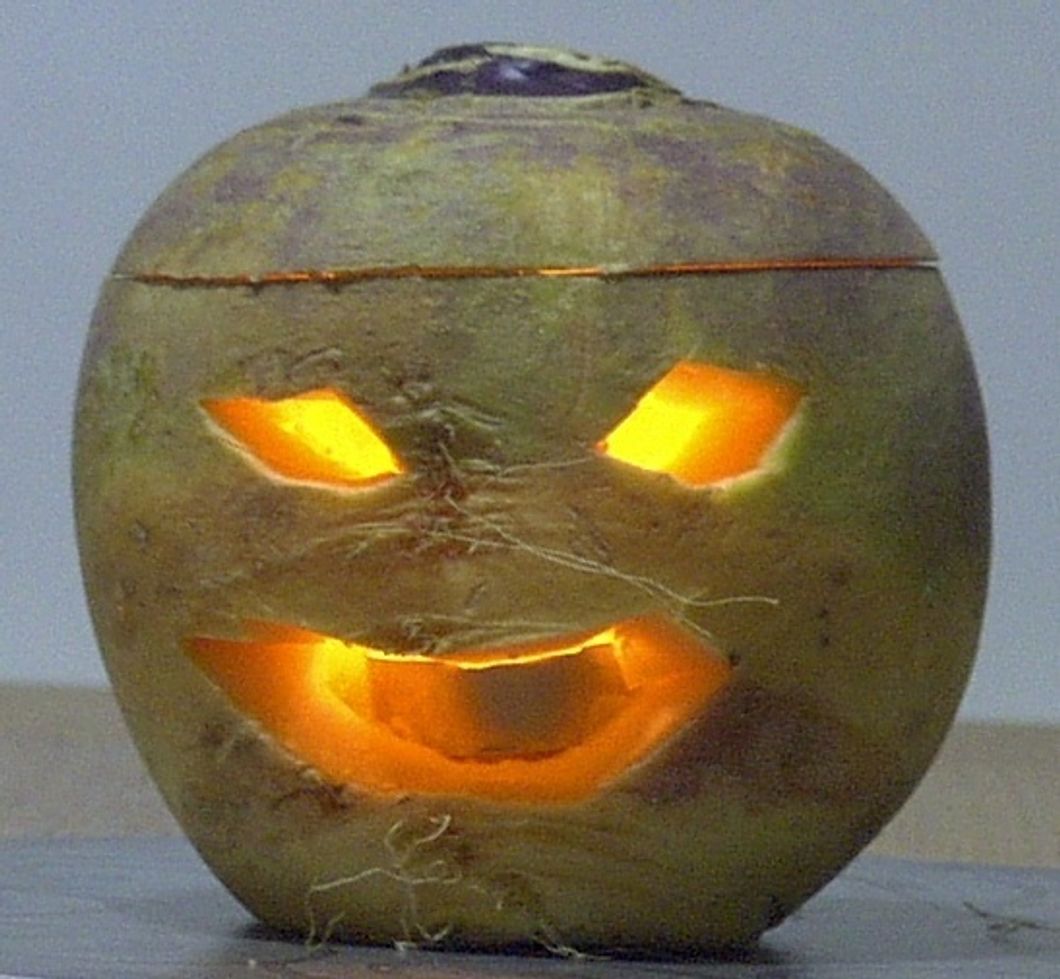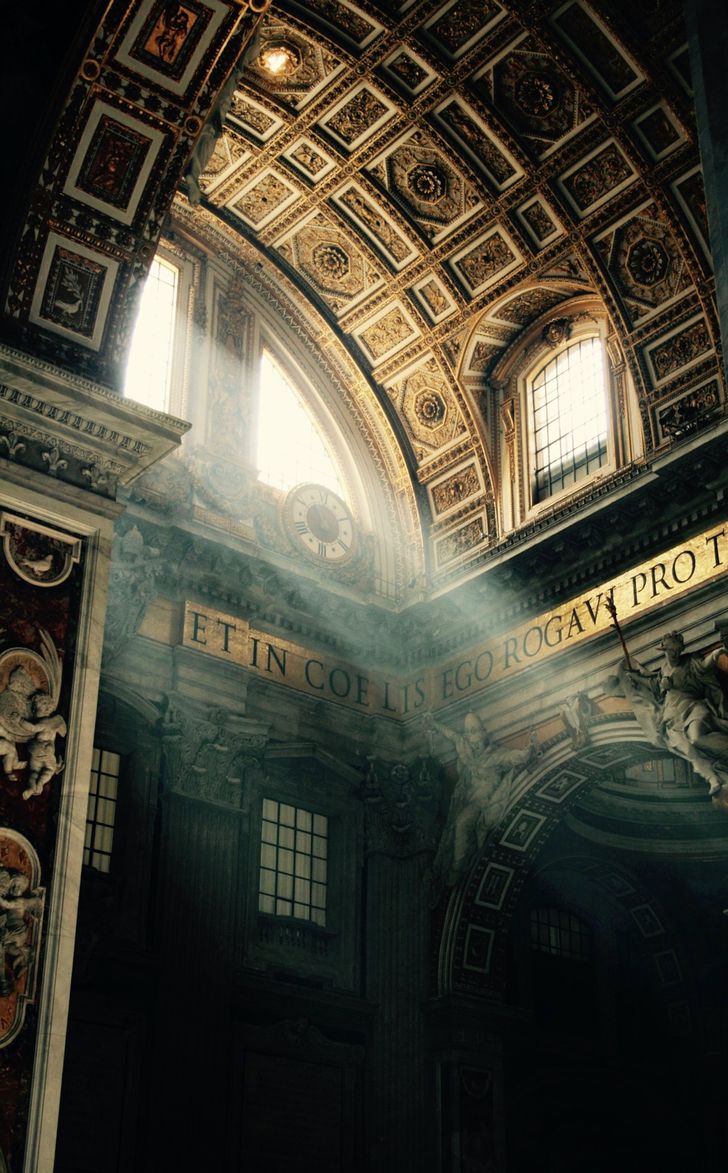It is often said that the President of the United States is the most powerful man on earth. That his word and actions dictate the rest of the globe and forge history as we know it.
As we look closer to the men who held the office, we begin to wonder, are they really the most powerful? Do they really have so much influence in global and domestic affairs?
The answer to that question is not so simple. Realistically, the amount of power that a president is able to act upon truly depends on their authority, which is further dependent upon where they are at in political time.
What is political time? Political time is a theory that has been devised by American political scientist and Yale University professor Stephen Skowronek. Dr. Skowronek devised this cyclical theory to help explain why certain presidents are able to exercise great influence, why some are unable to get anything done despite supposedly favorable congresses, and everyone in-between.
According to Skowronek, everyone falls on this political time spectrum somewhere.
First off, what does this model fully represent?
According to Skowronek, political time are cyclical events that follow the rise and falls of certain “regimes” in American politics. Regimes last for decades, and signify the real shifts in ideology in this country. A key aspect of regimes is the nature of the balance between power and authority. When a regime starts up, the presidents who run the regime have an incredible combination of power and authority and are able to accomplish a great deal of what they have set out to do.
As regimes go further on in time, the less authority that the presidents in said regimes have. Despite all the powers that a president has, once the regime has reached its final stages, the lack of authority that a president has is painfully evident by the lack of ability to accomplish much.
In Skowronek’s model, every president that we have had and will have, all fall into one of four categories: The Politics of Reconstruction, Politics of Articulation, Politics of Disjunction, and Politics of Preemption.
The Politics of Reconstruction is the first stage of a brand new regime. It is a regime that has arisen from the ashes of the former regime.
These presidents have the power to start brand new and completely overturns the former regimes commitments and governing ability. They sweep in and completely change the political landscape once the previous regime has run its course and can no longer govern effectively.
This has happened multiple times in American history, and the men who have ushered in new eras are some of our most famous icons. Men such as Thomas Jefferson (1800), Andrew Jackson (1828), Abraham Lincoln (1860), Franklin Roosevelt (1932), and Ronald Reagan (1980). Each of these men brought in sweeping changes to the existing order and created a regime that was modeled after their time in office. Although this might look like the A-List of presidents, the basis of Skowronek’s argument in this manner is that they enjoyed a great deal of fortune by simply being in the right place in political time.
The next category that a president can be in is the Politics of Articulation. These are the men that follow the one who started off the new regime. They are tasked with not only facing the major political challenges of their time but to continue the vision that was set by their predecessor. These presidents are carrying on the status quo of the current regime, and their ability to accomplish what they wish is determined by how far along in political time they get.
The presidents who fall in this category are usually in one or two groups. The first are the men who immediately follow the one who founded the regime, such as Martin Van Buren, Harry Truman, and George H.W. Bush. The second group are men who try to renew or reinvigorate the regime founder’s intent, examples include James K. Polk, Theodore Roosevelt, and John F. Kennedy.
The third category is the Politics of Disjunction. This is the fate of all regimes no matter what. Once regimes are set in motion they are hurdling to an inescapable finality, such is the destiny of all things in this world. In this stage of political time, the regime has lost all ability to meet the challenges that face the country. These presidents are caught in a political rock and a hard place, so to speak, as they battle to please their supporters but are unable to effectively combat the challenges without displeasing their supporters at the same time.
It is at this point in political time where the regime falls apart and leaves the door wide open to a brand new one to fill the void. While the presidents who built the regimes may look like the A-List, the presidents who fall into this category are anything but. Such presidents as John Adams and his son John Quincy Adams, Franklin Pierce, and Jimmy Carter.
The final category is the Politics of Preemption. This is an interesting category, as they represent presidents who were elected by the opposing party, not the party controlling the regime. Presidents like Dwight D. Eisenhower, Richard Nixon, Bill Clinton, and Barack Obama.
Common traits that these types of presidents face is that they are typically paired with congresses controlled by the dominant regime and their opposition party. Nixon and Eisenhower may have been Republicans yet they were forced to work with Democrats in both the House and the Senate. The same goes for Democratic Bill Clinton and Barack Obama who had to struggle against Republican majorities.
Another trait that all four men shared was that they were elected twice. However, one particular trait that might seem to follow this category is an increased risk of impeachment. Presidents Andrew Johnson and Bill Clinton faced impeachment hearings and had Richard Nixon not resigned he would have most assuredly faced one as well. This could stem from the inherent struggle with a Congress ruled by the opposition and regime-dominated party.
Dr. Stephen Skowronek has developed a fascinating theory to help describe the power presidents hold over the years and to attempt to explain why certain ones have so much power and way certain ones cannot do a single thing seemingly. Major critiques of this model are that the cycles are of varying lengths and that it is hard to truly tell when and where a regime begins and ends. It is almost impossible to tell during the middle of a regime.
Take our current leader, President Donald J. Trump. Is he a reconstructive force shattering the Reagan regime, working on a new era of isolation? Is he trapped in the Politics of Disjunction, where his failure with Healthcare reform might signal an inability to govern? Or will he fit nicely into the Reagan regime’s mold of free trade, interventionism, and conservatism? Only time will tell.



 Photo by
Photo by  Photo by
Photo by  Photo by
Photo by  Photo by
Photo by 


 people sitting on chair in front of computer
people sitting on chair in front of computer



 all stars lol GIF by Lifetime
all stars lol GIF by Lifetime two women talking while looking at laptop computerPhoto by
two women talking while looking at laptop computerPhoto by  shallow focus photography of two boys doing wacky facesPhoto by
shallow focus photography of two boys doing wacky facesPhoto by  happy birthday balloons with happy birthday textPhoto by
happy birthday balloons with happy birthday textPhoto by  itty-bitty living space." | The Genie shows Aladdin how… | Flickr
itty-bitty living space." | The Genie shows Aladdin how… | Flickr shallow focus photography of dog and catPhoto by
shallow focus photography of dog and catPhoto by  yellow Volkswagen van on roadPhoto by
yellow Volkswagen van on roadPhoto by  orange i have a crush on you neon light signagePhoto by
orange i have a crush on you neon light signagePhoto by  5 Tattoos Artist That Will Make You Want A Tattoo
5 Tattoos Artist That Will Make You Want A Tattoo woman biting pencil while sitting on chair in front of computer during daytimePhoto by
woman biting pencil while sitting on chair in front of computer during daytimePhoto by  a scrabbled wooden block spelling the word prizePhoto by
a scrabbled wooden block spelling the word prizePhoto by 
 StableDiffusion
StableDiffusion
 StableDiffusion
StableDiffusion
 StableDiffusion
StableDiffusion

 women sitting on rock near body of waterPhoto by
women sitting on rock near body of waterPhoto by 








